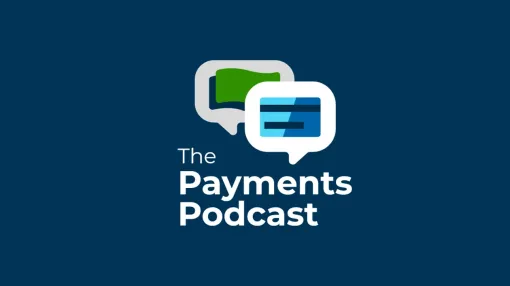It’s not just efficiency and accuracy that dominates the AP automation discussion these days. It is quickly becoming one of the most dynamic categories in the business payments space, one that requires the right technology, the right vision and an acute understanding of a company’s needs and preferences. One of the leading analysts and thinkers on all things payments is Ardent Partners’ vice president of research Bob Cohen. He heads up the firm’s practice focus on fintech solutions and services including procure-to-pay processes, B2B working capital management and supply chain finance. We caught up with Cohen to get his thoughts on how AP automation is evolving and finding new levels of influence.
Q: Bob the topline benefits of AP automation are familiar to our listeners. In short: it takes spreadsheets and other manual processes and digitizes them for greater efficiency and greater accuracy. Those are brilliant features but from reading from your work I learned there are other benefits. What would you say are some of the business dynamics that have made AP automation more urgent right now.
Cohen: The events of the past couple of years have certainly put a spotlight on accounts payable. The misconception was that AP was a back-office function that didn't impact the rest of the enterprise. Well, the pandemic showed that was not true. So, what we see going forward is that AP does a lot more than just pay bills. They're responsible for ensuring the sustainability of the business, making sure things get paid at the right time to the right people. It impacts the buyers, the suppliers and the supply chain network. It impacts cash flow. These things were amplified during the pandemic because if bills don’t get paid the business can’t move forward. AP became front and center here and the spotlight was on it.
Q: In your report and in other work you mentioned data, which is not often associated with AP automation. I get the sense that companies don’t do as much as they can with the data generated by this technology. Can they do better?
Cohen: Accounts payable sits on a wealth of data from payment information to supplier information. It has largely gone unutilized because it’s all been locked up on file cabinets and in spreadsheets. So, more tools are being applied to access this data. But how do we take the data and use it for forecasting budgeting and planning? How do we take data and use it for cash flow management and analysis? We all know that credit is getting more expensive. Cash is getting more expensive. So, there’s a focus on managing cash that maybe wasn’t as urgent as it was in past years. Leveraging the real-time financial data gained by accessing the information that AP has been sitting on is invaluable. Other parts of the business - whether it's procurement or treasury or finance - have now started to come to AP and ask for data. So, we've seen a marked change in organizations that realize they've been sitting on a wealth of data that’s been largely untapped and now there are tools that can help.
Q: Can you give us an example of that change?
Cohen: Sure. Let’s take invoices for example. So many organizations have automated how they received invoices. So, what we're seeing is that over the past five or six years there has been an increased focus on how and when we pay suppliers, and some of that is still done through paper checks. Our research shows upwards of 40% of invoices are being paid via check. But as the amount of paper invoices go down, electronic payments are going up because organizations realize they need to manage cash better. There's an opportunity to turn AP from a cost center into a profit center using various payment methods.
Q: On one level, AP seems to be a very static discipline. But the more we talk I realize it's a category that's truly evolving. Can you talk about that evolution a bit?
Cohen: We talk about AP automation as a journey not a destination. Some organizations believe they’re done automating AP because they have eliminated their paper invoices. That's not true. You're just embarking on a transformation. You keep tackling different pieces of the puzzle there. You want to begin with the end in mind. What does success look like for your organization? Once you've done that it really starts to unlock the capabilities of AP and transform the organization from a back office tactical function to one that's more strategic. You can start to get involved in spend management. You can get involved in supplier relationship management. You can improve the cash distribution of the organization. There’s a huge opportunity here for AP.
Q: One of the sections of your recent ePayables report that I was intrigued by was that ‘vision’ was one of the criteria you use for evaluating providers. In this context what does good vision look like?
Cohen: It means anticipating what the future is going to look like beyond the table stakes of eliminating the paper invoices and paper checks. You need to incorporate new technologies such as AI (artificial intelligence), ML (machine learning) and RPA (robotic process automation). We want to understand how solution providers are planning to leverage these technologies going forward and the benefits they can bring to AP organizations. Data analytics also plays a big part of how we evaluate the vision of solution providers. What are they doing from a fraud and compliance perspective? How are they mitigating fraud? In short, we want to know where providers see the AP profession going and what steps are they taking to achieve their vision.


